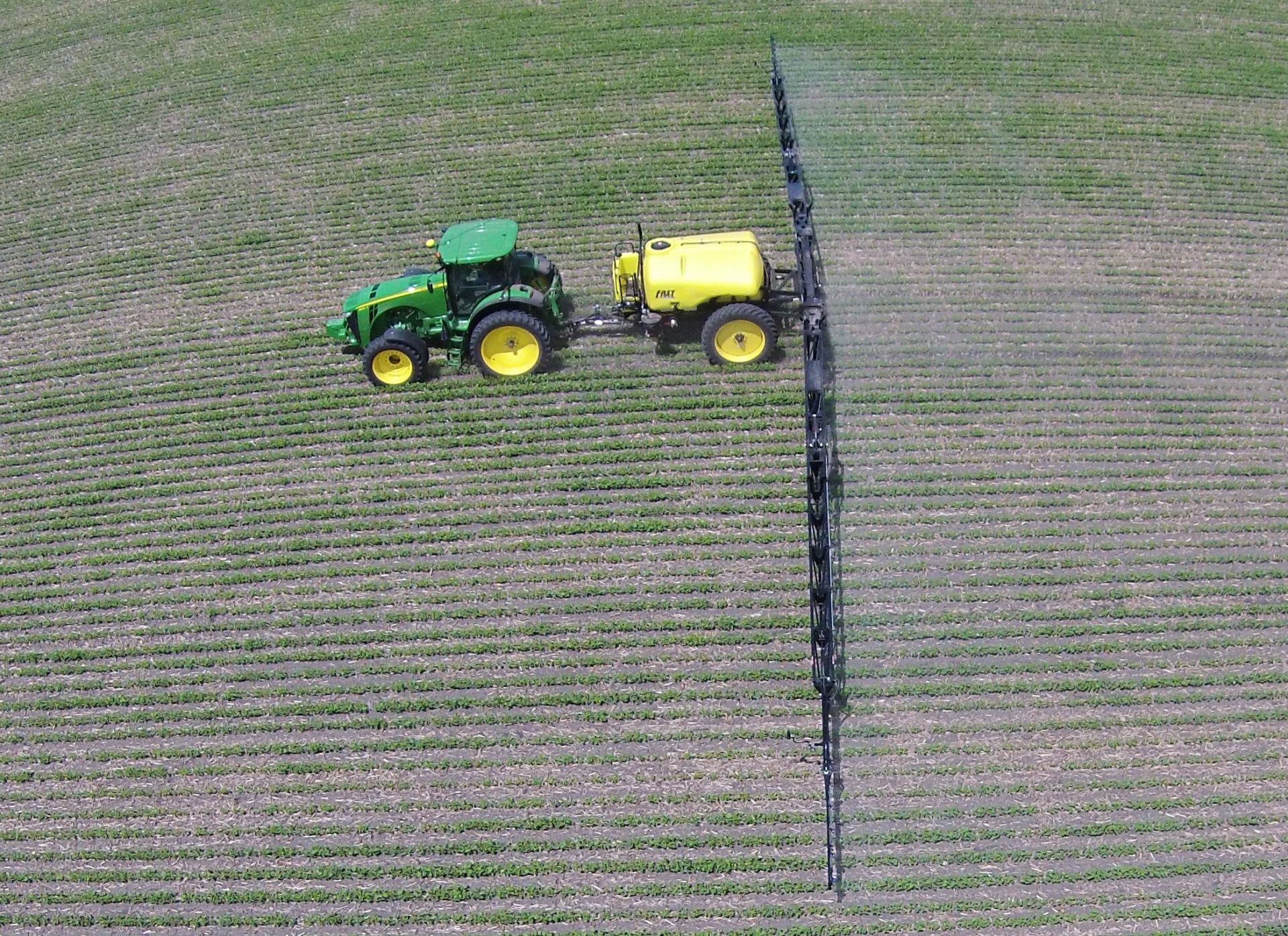

As frequency changes only the number of ON/OFF cycles every second, an increase or decrease in operating frequency does not affect the nozzle flow rate as long as the duty cycle of the system remains constant. The available frequency range on commercial PWM systems typically is from 10 Hz to 30 Hz, while 10 or 20 Hz is the most commonly used frequency during spray applications.įigure 3 illustrates the operation of a PWM system at different frequencies with a constant duty cycle of 50%. For example, a PWM nozzle operating at a frequency of 10 Hz will close and open 10 times in a second, while a nozzle operating at 20 Hz will close and open 20 times in a second. The frequency of a solenoid valve is the number of ON/OFF cycles completed in 1 s (Hertz), i.e., how fast the valve is cycling every second. Illustration of a PWM system operation at different duty cycles (labeled as % DC) at 10 Hz frequency. Thus, PWM spray technology enables more precise and efficient pesticide applications through improved control over both flow rate and pressure.įigure 2. Since spray pressure in the boom remains constant in a PWM system, this helps maintain a uniform spray pattern and quality. With variations in the sprayer ground speed, the amount of time per second the nozzle is in open-state (i.e., spraying) changes to vary the flow rate. On a traditional sprayer, a nozzle is always in open-state (ON) during field application whereas the nozzle in a PWM system cycles between open- and closed-state (ON/OFF) continuously at a high frequency (10–20 Hz) to deliver the target application rate. In PWM systems, the flow rate is varied by changing the intermittent cycling (duty cycle) of the electronically actuated solenoid valves while the system pressure remains constant throughout the boom.įigure 1 shows an example of operational difference among nozzles in a conventional versus a PWM system. Pulse width modulation (PWM) technology for agricultural sprayers was developed to overcome this pressure variation issue-PWM does not rely on spray pressure to regulate system flow rate with changes in ground speed. Higher spray pressures at faster travel speeds produce finer droplets which are more prone to spray drift applications at lower pressures, especially below a set minimum point, produce coarser spray droplets and reduce spray fan angle. However, this becomes an issue when spray pressure reaches outside the narrow operating range of the selected nozzle and results in non-uniform spray quality (droplet size) and pattern. On sprayers with traditional flow-based control systems, the liquid flow rate is regulated to account for ground speed variations by adjusting the spray pressure. These speed changes also require changes in liquid flow rates to maintain the preselected target application rate. Fluctuations in ground speed are common when applying pesticides with agricultural sprayers because of variations in field topography or as soil and crop conditions change within a field. During pesticide applications, maintaining a target application rate (in gallons per acre or GPA) across the whole field is important for effective pest management. Wagon (and variations of gravity wagons, trailers-e.g.Agricultural sprayers are commonly used for pesticide applications and come in various design types and sizes, including three-point hitch, pull-behind, and self-propelled.Swather (more common in the northern United States and Canada).Reaper-binder (now mostly replaced by the swather).Mechanical tree shaker and other orchard equipment.Variations of harvesters are stripper cleaners and stripper loaders.Ī Frost & Wood reaper- binder being used in the Rainy River District in the 1900s. Bean harvester, Beet harvester, Carrot harvester, Combine (grain) harvester / Stripper, Header, Corn harvester, Forage or silage harvester, Grape harvester, Over-the-row mechanical harvester for harvesting apples, Potato harvester, Potato spinner/digger which is becoming obsolete, and Sugarcane harvester. Harvestor / harvester built for harvesting specific crops.


 0 kommentar(er)
0 kommentar(er)
